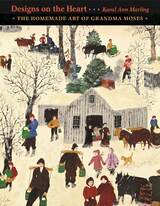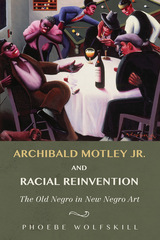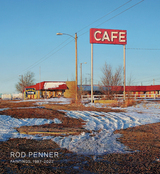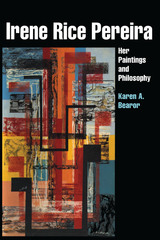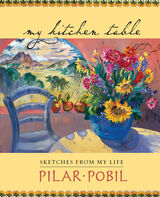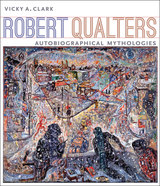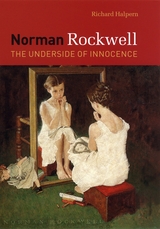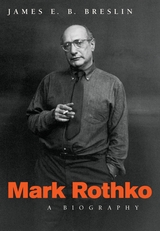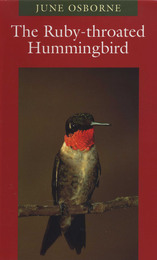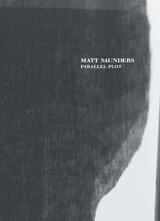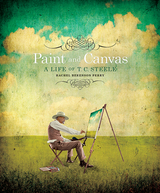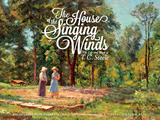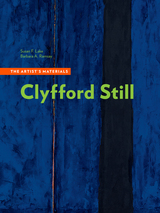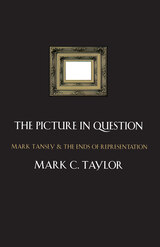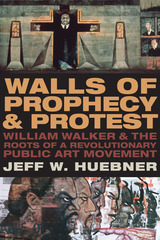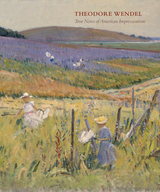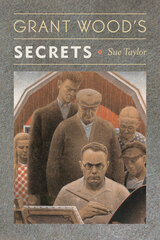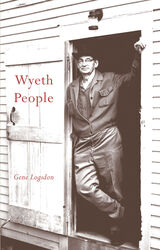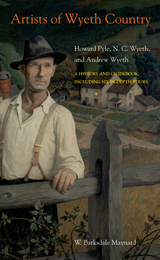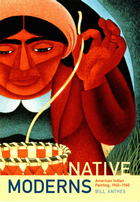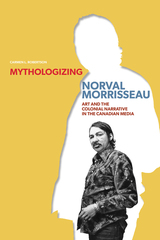Cloth: 978-0-674-11110-3 | Paper: 978-0-674-11111-0
Library of Congress Classification ND237.S47L8 1991
Dewey Decimal Classification 759.13
At the dawn of the twentieth century, Henry Adams proclaimed that the machine was as central to our modem American culture as the Virgin was to medieval culture. We worshiped in our factories as our ancestors worshiped in cathedrals. In this century we also raised up bridges, grain elevators, and skyscrapers, and many were dazzled by these symbols of the Machine Age--from American presidents such as Calvin Coolidge to European artists such as Marcel Duchamp. Charles Sheeler (1886-1965) was one of the most noted American painters and photographers to embrace the iconography of the machine. But was he high priest or heretic in the religion of mass production and technology that dominated his era?
Karen Lucic considers this intriguing question while telling us Sheeler's story: his coming of age, his achievement of artistic independence in the teens and twenties, and his later treatments of Machine Age subjects throughout the years of the Depression and World War II. The author shows us how--in paintings, drawings, and photographs depicting New York skyscrapers, Henry Ford's automobile factories, and machine-dominated interiors--Sheeler produced images of extraordinary aesthetic power that provocatively confirmed America's technological and industrial prestige in clear, vivid, and exact detail.
Do these compelling works establish Sheeler as a champion of the Machine Age? Most of the artist's contemporaries thought so. "Sheeler was objective before the rest of us were," claimed his friend Edward Steichen, and critics either lauded or assailed Sheeler for his seemingly straightforward acceptance of the machine. He is misunderstood today for the same reason. In the post-industrial era, Sheeler has been attacked for objectifying his subjects, for eliminating the human element from the modern landscape, and ultimately for complicity in the mechanization of the world he so accurately portrayed.
By closely investigating Sheeler's social and aesthetic contexts and through exceptionally clear and convincing visual analysis, Karen Lucic reinterprets the work of this important modernist. She argues that his images do not celebrate the machine but question its predominance during his time. They provoke us to confront the social consequences of modern technology.
Sheeler appears in this book as neither believer nor heretic in the cult of the machine. Lucic asks us to grant Sheeler his ambivalence, for it was his ambivalence that enabled him to portray modernity so splendidly.
See other books on: 1883-1965 | Cult | Machine | Machinery in art | Modern (late 19th Century to 1945)
See other titles from Harvard University Press

